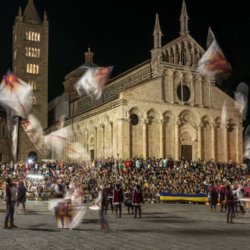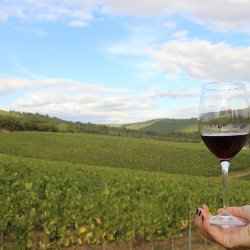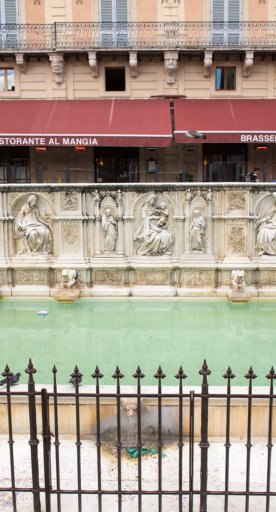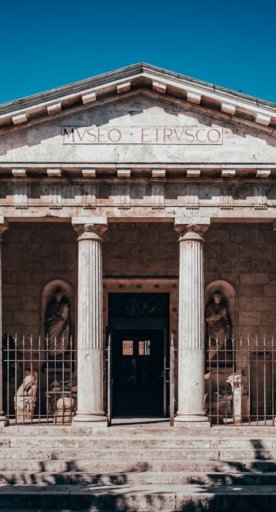On the Path of the Etruscans at Rocca di Frassinello
A modern winery with an ancient past
The winery of Rocca di Frassinello rises from the hills of southwest Tuscany, a striking, contemporary architectural design against quiet rows of grape vines and a verdant, densely wooded landscape. Although this winery was founded in the early 2000s, it lies on ancient ground once inhabited by Etruscan ancestors.
In the 1970s, locals uncovered traces of ancient Etruscan inhabitants around the base of one of the hills on the property of Rocca di Frassinello, located in the Maremma Toscana region.


And recently, an archeological team from the University of Florence was called in to discover exactly what was happening at Rocca di Frassinello some 1,500 years ago. Is it possible that the ancient Etruscans - famous for their love of dance, feasting, music, and other leisurely pursuits - might have been among the first winemakers of Italy? That they might have made wine on this very land?
Now, near the vines hanging heavy with purple grapes at Rocca di Frassinello, visitors can explore an excavated Etruscan necropolis with some 30 tombs dating between the seventh and fourth centuries BCE, carved from the dense forest. A new campaign seeks to learn more about an Etruscan settlement, where a wall and other building foundations have been uncovered. The team of archeologists has also found a variety of grave goods - mostly pottery - displayed in the small museum inside the winery.
The Etruscans might have learned the vinification process from neighboring Greek inhabitants of southern Italy, but it turns out that Etruscan wine was different… even surprising. Yes, the Etruscans cultivated grapes in this region and fermented and extracted the juice to make an alcoholic concoction similar to what is made today. But here’s where the similarities end.


It seems that the Etruscans did something special with their wine. They prepared and served it in a large, wide, shallow bowl—a ceramic vessel that the Greeks called a kylix—something akin to a modern-day punch bowl. Into the mix, they added fresh fruit, flowers, spices, bread, heavy seasoning—even cheese. It was a heavy, flavorful mixture filled with the bounty of their land.
Art historical evidence comes in to help us imagine this heady concoction. Archeological museum collections across central Italy contain hundreds of bronze strainers that the Etruscans used to filter those solid materials from their wine. And, there are many surviving metal cheese graters that look similar to something you might have in your kitchen drawer right now!
Can you imagine what this Etruscan wine might have tasted like? It must have been full of heavy, rich flavors, spices, whatever was in season or cultivated locally, a special type of Etruscan concoction that lies only in our imagination.
It wasn’t until later in the Roman and medieval periods that people in central Italy began to cultivate grapes and produce wine on more of a scale that resembles what we do today. But this evolution from Etruscan roots is interesting, because it helps paint the picture of an origin story for modern-day Tuscans: one full of the joys of family and friends, music, dance, the pleasures of the table, and yes, wine.

















































